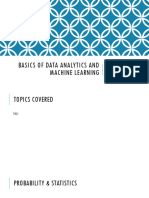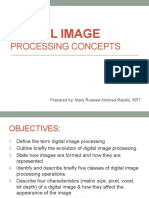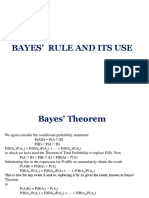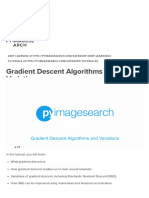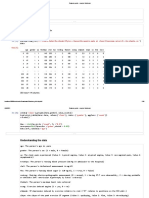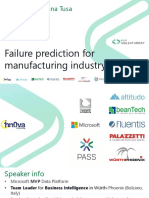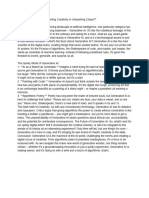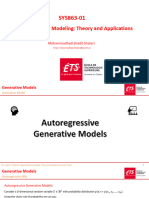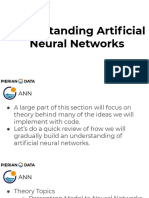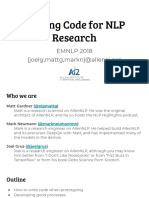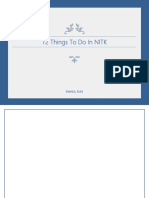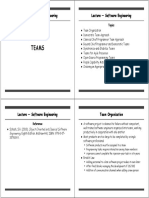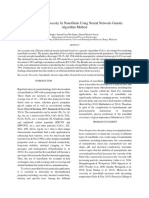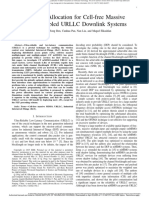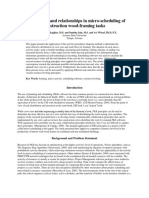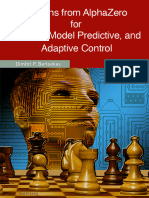0% found this document useful (0 votes)
400 views254 pagesWriting Code For NLP Research PDF
The document discusses best practices for writing code during the prototyping phase of natural language processing (NLP) research. It recommends using frameworks to write code quickly, getting a good starting point like a baseline model, copying and refactoring later, using good code style, and minimal testing. It also stresses the importance of keeping track of experiments through tools like Beaker and running controlled experiments through configurations to better analyze results and understand model behavior.
Uploaded by
Varsha PrabhuCopyright
© © All Rights Reserved
We take content rights seriously. If you suspect this is your content, claim it here.
Available Formats
Download as PDF, TXT or read online on Scribd
0% found this document useful (0 votes)
400 views254 pagesWriting Code For NLP Research PDF
The document discusses best practices for writing code during the prototyping phase of natural language processing (NLP) research. It recommends using frameworks to write code quickly, getting a good starting point like a baseline model, copying and refactoring later, using good code style, and minimal testing. It also stresses the importance of keeping track of experiments through tools like Beaker and running controlled experiments through configurations to better analyze results and understand model behavior.
Uploaded by
Varsha PrabhuCopyright
© © All Rights Reserved
We take content rights seriously. If you suspect this is your content, claim it here.
Available Formats
Download as PDF, TXT or read online on Scribd
/ 254
